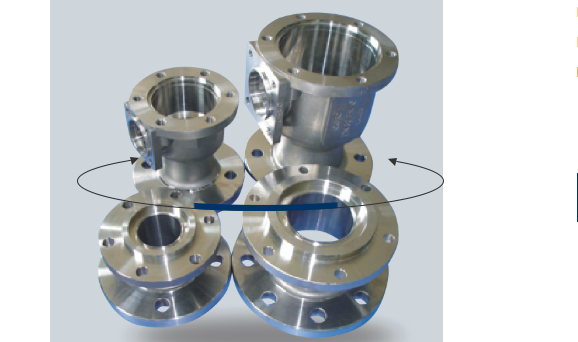1. Heat treatment of austenitic stainless steel.
The main defect of austenitic stainless acid-resistant steel is that it is prone to intergranular corrosion, and generally it is possible to take measures to prevent the steel from being subjected to a certain heat treatment. In the Stainless Steel ANSI Valve Body production, the heat treatment processes commonly used for parts such as austenitic stainless acid-resistant steel valves are: solution treatment (quenching), stabilization treatment and cryogenic treatment.
2. Heat treatment of martensitic heat resistant steel.
Martensitic heat-resistant steel should be annealed in time after casting to prevent cracking, and the annealing time should be sufficient (usually 4~8 hours). The purpose of annealing martensite heat-resistant steel is to eliminate stress, recrystallize, refine grains, reduce hardness, improve machinability, and prepare tissue for final heat treatment.
The final heat treatment of martensitic heat-resistant steel is normalized + tempered.
3. Heat treatment of high quality carbon steel.
The heat treatment of high-quality carbon steel is taken as an example of a gauge forged steel valve body. The Medium Pressure Wafer Ball Valve Body is subjected to normalizing after forging, and the final heat treatment is performed according to the provisions of the valve manufacturing technical documents, and the quenching and tempering treatment is generally performed.
